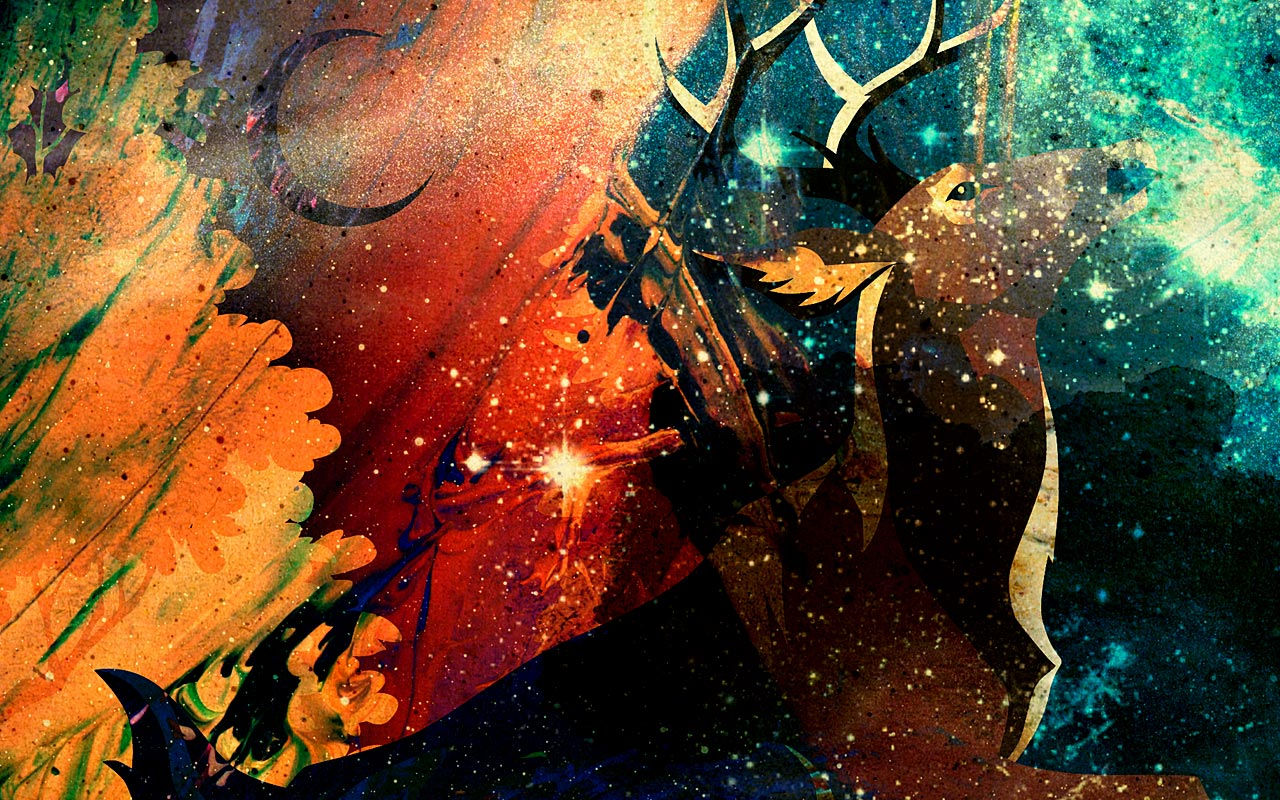Obi: The Elegant Sash That Defines Japanese Kimono Fashion
- torinaga11
- Mar 25
- 4 min read

The obi (帯) is an essential element of traditional Japanese clothing, particularly worn with the kimono and yukata. More than just a belt, the obi is a symbol of style, status, and craftsmanship, reflecting centuries of Japanese culture and fashion.
From intricate silk brocade designs to simple everyday sashes, the obi has evolved over time, adapting to changing social customs while preserving its timeless elegance. In this blog post, we’ll explore the history, types, uses, and cultural significance of the obi, along with tips on how to wear it.
The History of the Obi
The obi’s origins date back to the Heian period (794–1185) when it was a simple, narrow sash used to secure garments. During the Edo period (1603–1868), the obi became wider, more elaborate, and a key fashion statement for women’s kimono. Skilled artisans crafted luxurious silk obis, often embroidered with gold and silver threads, making them a sign of wealth and social standing.
By the Meiji period (1868–1912), the obi’s role continued to evolve, with different styles emerging to match formal and casual attire. Today, the obi remains an important symbol of Japanese tradition, worn on special occasions like weddings, tea ceremonies, and festivals.

Types of Obi and Their Uses
Obi styles vary in width, material, and level of formality. Here are some of the most common types:
1. Fukuro Obi (袋帯) – Formal & Luxurious
Worn for: Weddings, tea ceremonies, and formal occasions.
Design: Long and wide (typically 30-32 cm) with intricate patterns and embroidery.
How it’s tied: Often in the taiko musubi (drum knot) or elaborate knots for celebrations.
2. Nagoya Obi (名古屋帯) – Practical & Semi-Formal
Worn for: Parties, casual kimono outings, and everyday wear.
Design: Shorter than the fukuro obi, with a pre-folded section to make tying easier.
How it’s tied: Often in the otaiko musubi (boxy drum knot).
3. Hanhaba Obi (半幅帯) – Casual & Stylish
Worn for: Yukata, casual kimono, summer festivals.
Design: Narrow (about 15 cm wide), often with playful colors and patterns.
How it’s tied: Simple knots like bunko musubi (butterfly knot) for a relaxed look.
4. Maru Obi (丸帯) – Antique & Ornate
Worn for: Extremely formal events like bridal attire and traditional performances.
Design: Fully patterned on both sides, making it the most elaborate and heavy obi.
How it’s tied: Large, decorative knots.
5. Kaku Obi (角帯) – Men’s Traditional Sash
Worn for: Men’s kimono, hakama, and traditional martial arts uniforms.
Design: A stiff, narrow obi (about 10 cm wide), often made of cotton or silk brocade.
How to Tie an Obi: Common Styles
Tying an obi is an art form, with dozens of intricate styles depending on the occasion and obi type. Here are a few:
1. Taiko Musubi (Drum Knot, 太鼓結び)
The most common style for formal kimono.
Features a rectangular, structured bow at the back.
2. Bunko Musubi (Butterfly Knot, 文庫結び)
A graceful, feminine style, often used for casual kimono and yukata.
Features a folded, butterfly-shaped bow.
3. Otaiko Musubi (Box Knot, お太鼓結び)
A variation of taiko musubi, used with Nagoya obi.
Creates a more structured, professional look.
4. Tateya Musubi (Standing Arrow Knot, 立矢結び)
A decorative knot used for festive kimono, bridal wear, and geisha attire.
Features a large, upward-facing bow resembling an arrow.

The Role of the Obi in Japanese Culture
1. A Reflection of Status and Elegance
The obi’s design, fabric, and knot style indicate a person’s social status and the occasion.
Geisha and maiko (apprentice geisha) wear longer, more elaborate obi to symbolize their profession.
2. An Essential Part of Traditional Dress
The obi remains a key element in tea ceremonies, weddings, and formal gatherings.
Even in modern times, wearing an obi preserves Japanese heritage and identity.
3. Obi in Martial Arts and Theater
In traditional martial arts (e.g., kendo, iaido), the kaku obi secures the hakama.
In kabuki and noh theater, obi styles contribute to costume symbolism.
Modern Uses of the Obi
While traditionally worn with kimono, the obi has found new fashion and interior design applications, including:
Obi-inspired belts for Western-style dresses.
Obi fabric repurposed into handbags, pillows, and accessories.
Fusion fashion combining obi elements with contemporary outfits.

Where to Buy an Obi
If you’re looking for an authentic obi, here are some great places to shop:
1. Traditional Kimono Shops
Stores in Kyoto, Tokyo (Asakusa, Ginza), and Nara specialize in handcrafted obi.
2. Online Marketplaces
Websites like Rakuten, Etsy, and Kimono Flea Market Ichiroya offer vintage and new obi options.
3. Second-Hand Kimono Stores
Shops like Chicago in Harajuku and Tansuya sell affordable pre-owned obi.
The obi is more than just an accessory—it’s a symbol of Japanese tradition, elegance, and craftsmanship. Whether tied in a formal taiko musubi or a casual bunko musubi, the obi continues to be a vital part of kimono fashion and Japanese heritage.
Would you like to learn how to tie an obi or incorporate it into modern outfits? Let us know in the comments!


Comentarios